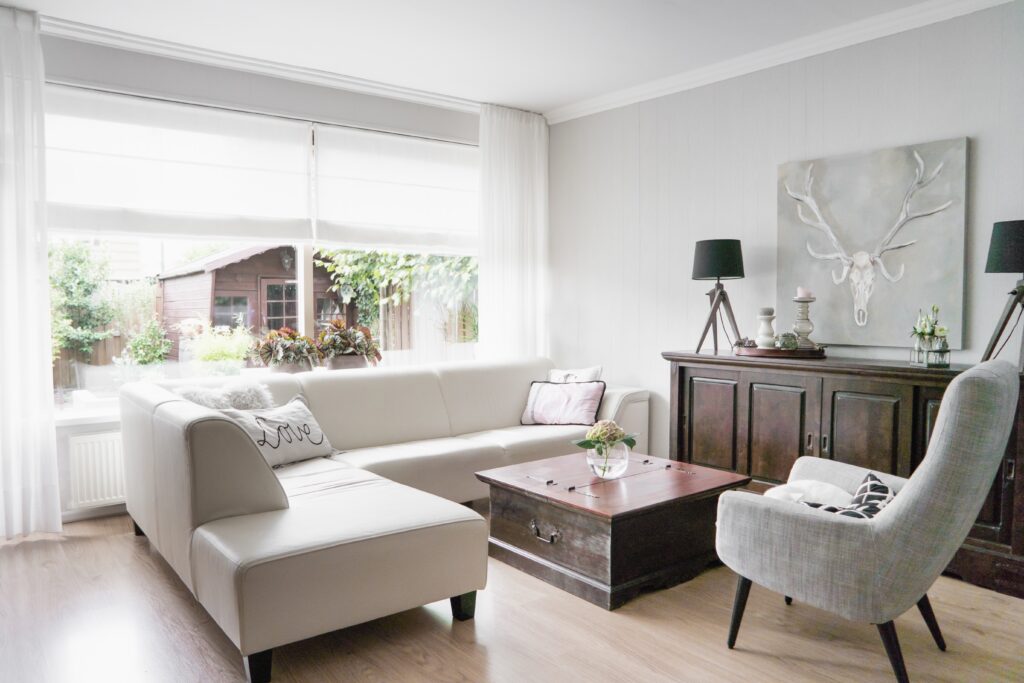Are you tired of your plain and boring living room? Want to add some personality and vibrancy to the space? Look no further than a colorful living room! Adding pops of color to your living room can instantly liven up the room and make it more inviting. But with so many colors to choose from, it can be overwhelming to know where to start. Here are 10 colorful living room ideas to inspire your next design project. Colorful Living Room Ideas
When it comes to incorporating multiple colors in a living room, balance is key. You want to create a harmonious and cohesive space without having one color overpower the others. One way to achieve balance is by using the 60-30-10 rule. This means that 60% of the room should be one dominant color, 30% should be a secondary color, and 10% should be an accent color. This will ensure that the colors work together and create a visually pleasing space. How to Balance Colors in a Living Room
If you're feeling overwhelmed by too many colors in your living room, don't fret. There are ways to tone it down and create a more subdued look. One option is to stick to a neutral color palette with pops of color as accents. Another option is to use one color as the main focus and use different shades of that color throughout the room. This will create a cohesive and calming look while still incorporating multiple colors. Too Many Colors? Here's How to Tone it Down
If you want to create a vibrant and energetic living room, consider using a bold and bright color scheme. Think jewel tones like emerald green, sapphire blue, and ruby red. These colors will add a touch of luxury and drama to your living room. You can also mix and match different bold colors to create a fun and playful vibe. Living Room Color Schemes for a Vibrant Space
Not ready to commit to a full colorful living room? No problem. You can still add pops of color to your space without completely changing the color scheme. Consider adding colorful throw pillows, rugs, or curtains to inject some color into the room. You can also incorporate colorful artwork or accessories to add a personal touch. Adding Pops of Color to Your Living Room
Choosing a color palette for your living room can be a daunting task. To make it easier, start with one main color and then choose two or three complementary colors. These colors should be in the same color family and work well together. For example, if your main color is blue, you can choose complementary colors like green and purple. This will create a cohesive and visually appealing color palette in your living room. Creating a Cohesive Color Palette in Your Living Room
While it's important to have a variety of colors in your living room, it's equally important to avoid clashing colors. Colors that clash can create a chaotic and unsettling environment. To avoid this, stick to colors that are in the same color family and tone. You can also use a color wheel to help you choose complementary colors that will work well together. Avoiding Clashing Colors in Your Living Room
When choosing colors for your living room, it's important to consider the overall mood and atmosphere you want to create. Bold colors like red, orange, and yellow can create a lively and energetic space, while subtle colors like light blue, beige, and gray can create a calming and peaceful environment. Think about the purpose of your living room and choose colors that align with that purpose. Bold vs. Subtle: Choosing the Right Colors for Your Living Room
Did you know that colors can have a psychological impact on our mood and emotions? This is why it's important to consider color psychology when designing your living room. For example, blue is known to promote relaxation and calmness, while yellow can evoke feelings of happiness and energy. Think about the mood you want to create in your living room and choose colors accordingly. How to Use Color Psychology in Your Living Room Design
If you're still feeling overwhelmed by too many colors in your living room, you can always opt for a neutral color scheme. Neutrals like white, beige, and gray can create a timeless and elegant look while also allowing for pops of color in the form of accessories and accents. This is a great option for those who prefer a more subtle and understated living room. Too Many Colors? Try a Neutral Living Room
The Importance of Color in House Design

Creating a Color Scheme
 When it comes to designing a living room, one of the most important factors to consider is the color scheme.
Too many colors in a living room can be overwhelming and chaotic, creating a space that is not conducive to relaxation and comfort.
On the other hand, a well-thought-out color scheme can bring harmony and balance to the room, making it a more inviting and enjoyable space to spend time in.
When it comes to designing a living room, one of the most important factors to consider is the color scheme.
Too many colors in a living room can be overwhelming and chaotic, creating a space that is not conducive to relaxation and comfort.
On the other hand, a well-thought-out color scheme can bring harmony and balance to the room, making it a more inviting and enjoyable space to spend time in.
Choosing the Right Colors
/living-room-color-scheme-photos-452696-hero-48e8426dd0ab43468b07596d3a039fd1.jpg) When choosing colors for your living room, it's important to consider the purpose of the space. Is it meant to be a place for relaxation and unwinding, or a space for socializing and entertaining?
The colors you choose should reflect the mood and atmosphere you want to create in the room.
For a calming and serene living room, opt for cool and muted colors such as blues, greens, and purples. If you want a more vibrant and energetic feel, go for warmer and brighter colors like reds, oranges, and yellows.
When choosing colors for your living room, it's important to consider the purpose of the space. Is it meant to be a place for relaxation and unwinding, or a space for socializing and entertaining?
The colors you choose should reflect the mood and atmosphere you want to create in the room.
For a calming and serene living room, opt for cool and muted colors such as blues, greens, and purples. If you want a more vibrant and energetic feel, go for warmer and brighter colors like reds, oranges, and yellows.
Creating Balance
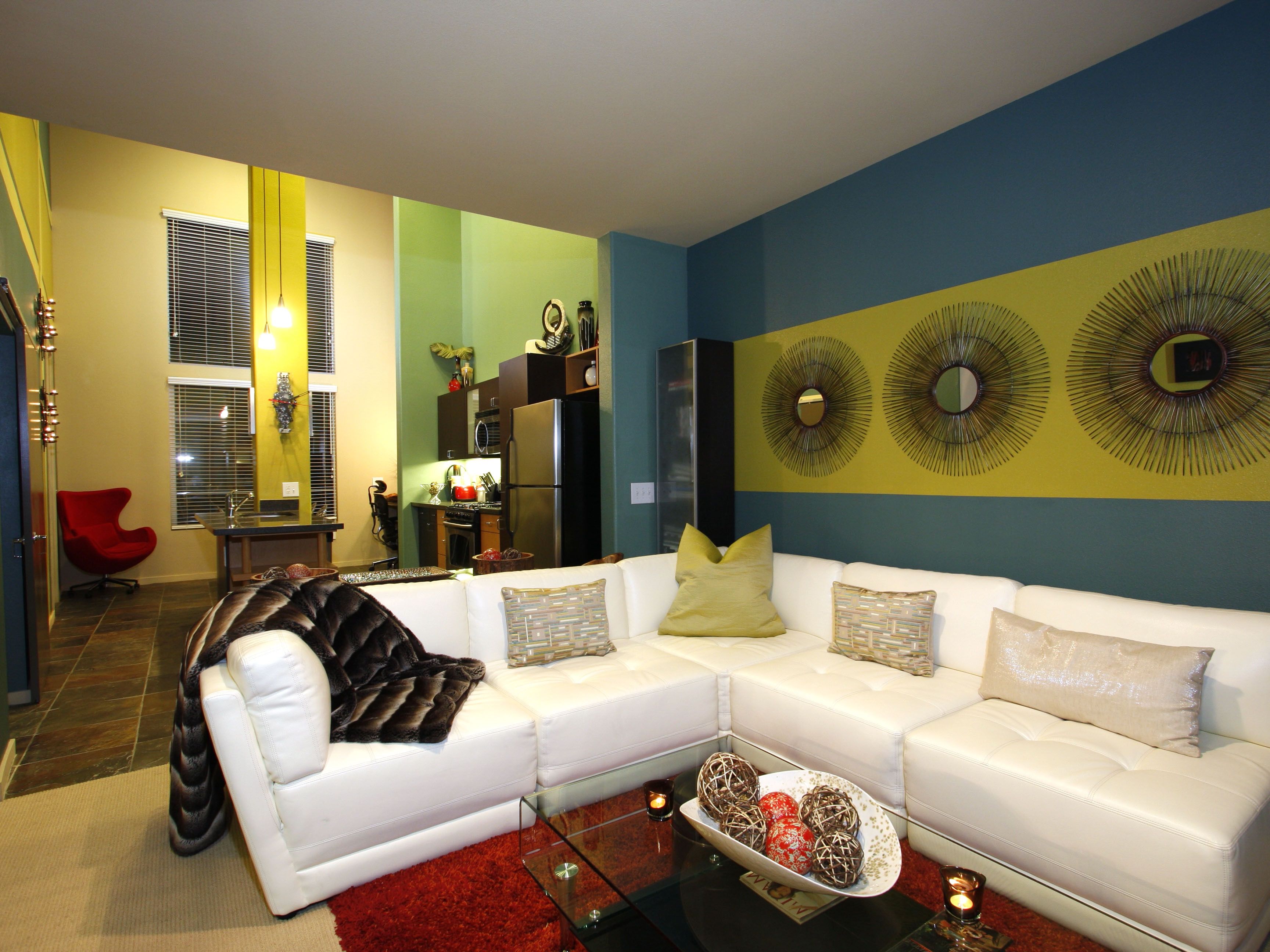 While it's important to have a cohesive color scheme, it's also crucial to have balance in the room.
Having too much of one color can be just as overwhelming as having too many colors.
To avoid this, use a variety of shades and tones of your chosen colors. You can also add neutral colors like white, gray, or beige to balance out the bolder colors and create a more visually pleasing space.
While it's important to have a cohesive color scheme, it's also crucial to have balance in the room.
Having too much of one color can be just as overwhelming as having too many colors.
To avoid this, use a variety of shades and tones of your chosen colors. You can also add neutral colors like white, gray, or beige to balance out the bolder colors and create a more visually pleasing space.
Accessorizing with Color
 In addition to the walls and furniture,
incorporating pops of color through accessories can add interest and depth to your living room.
This can be achieved through throw pillows, rugs, curtains, and artwork. Just make sure to stick to your chosen color scheme to maintain a cohesive look.
In addition to the walls and furniture,
incorporating pops of color through accessories can add interest and depth to your living room.
This can be achieved through throw pillows, rugs, curtains, and artwork. Just make sure to stick to your chosen color scheme to maintain a cohesive look.
The Final Touch
 With the right color scheme, your living room can become a beautiful and inviting space that reflects your personal style.
Remember to choose colors that speak to you and create a mood that you want to achieve. By following these tips, you can avoid the common mistake of having too many colors in your living room and create a harmonious and visually appealing space.
With the right color scheme, your living room can become a beautiful and inviting space that reflects your personal style.
Remember to choose colors that speak to you and create a mood that you want to achieve. By following these tips, you can avoid the common mistake of having too many colors in your living room and create a harmonious and visually appealing space.



/a-living-room-529730638-5ac569421f4e130036df38da.jpg)


:max_bytes(150000):strip_icc()/Bright-and-Cheerful-Living-Room-58be0a0c5f9b58af5c6d5276.png)


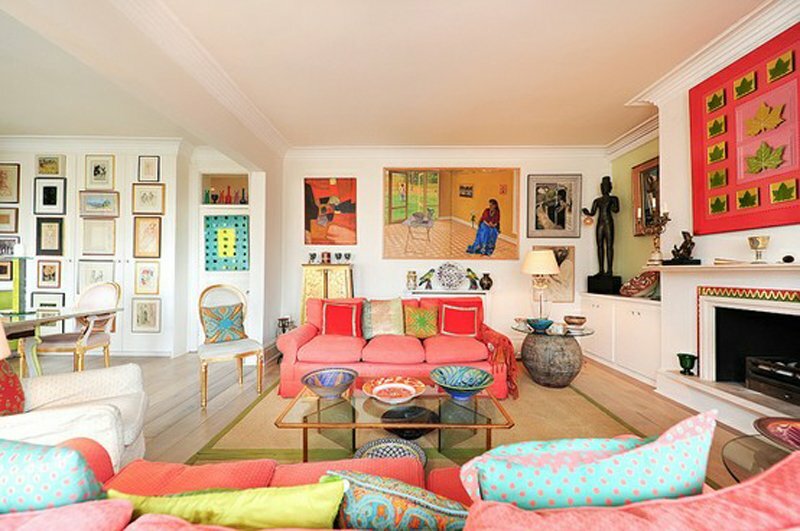
:max_bytes(150000):strip_icc()/Living-room-with-colorful-accents-58be031a5f9b58af5c5b7a3b.png)






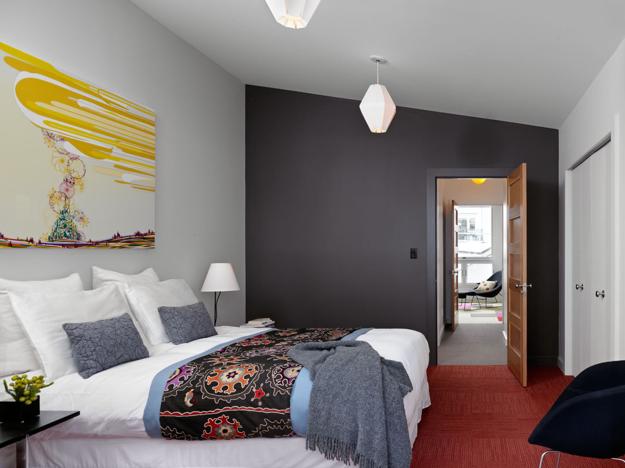





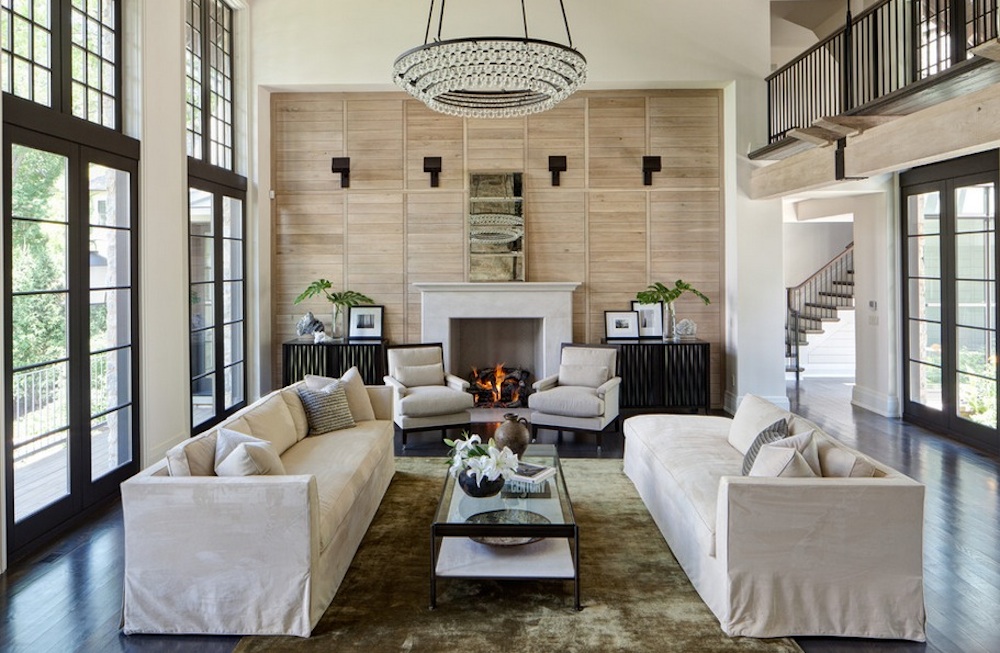
















/169789002-58a723d63df78c345b930ec6.jpg)










:extract_focal()/https://pocket-syndicated-images.s3.amazonaws.com/articles/5304/1596722483_at_housetours_2019-06_VivY-RhiannonSouthwell_AT_rhiannon_vivyapp-12.jpg)





















:max_bytes(150000):strip_icc()/001-clashing-colors-in-design-1078268-616a52a30fae4166a55dbc7ebd0e5bfe.jpg)




















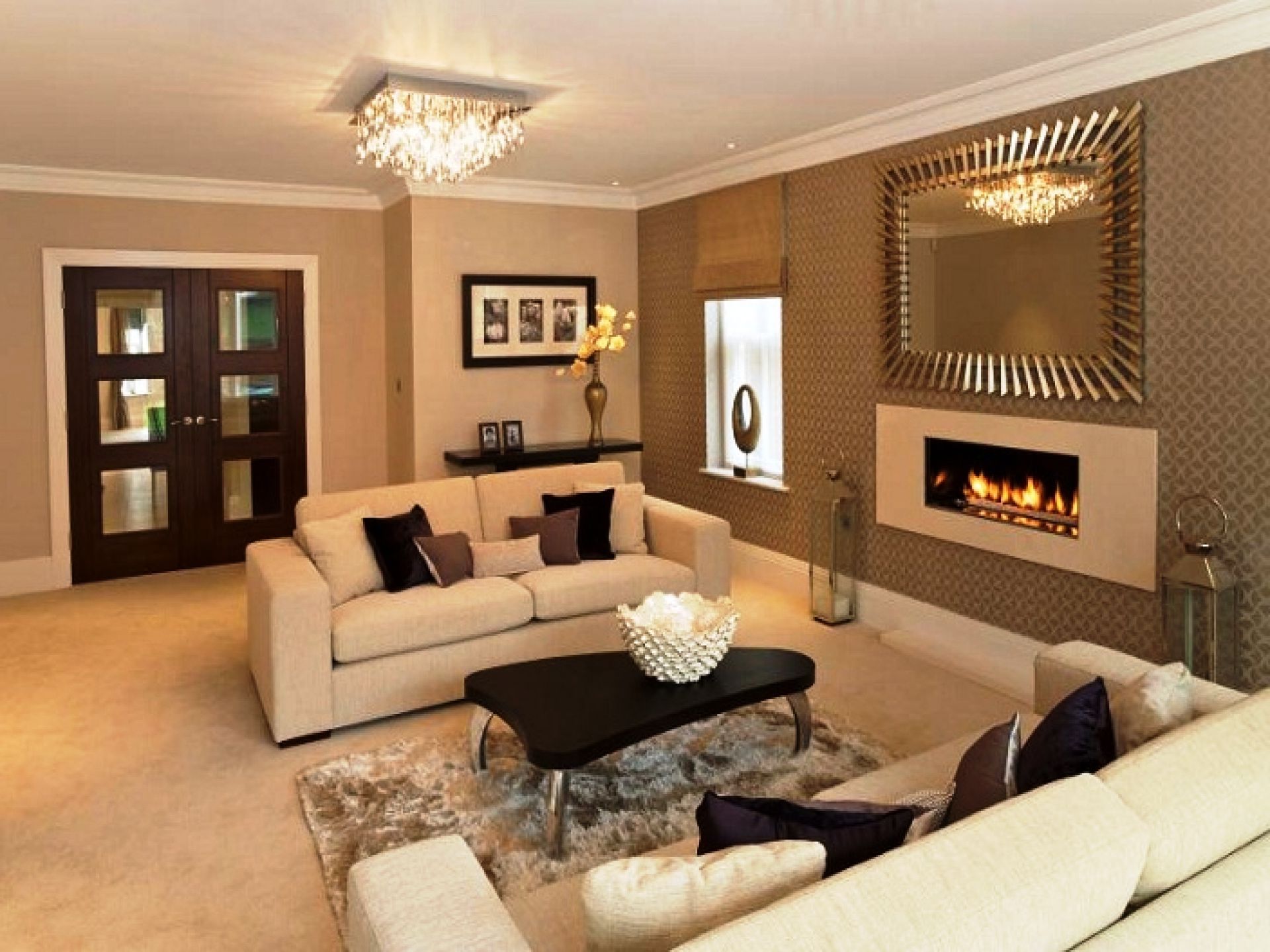




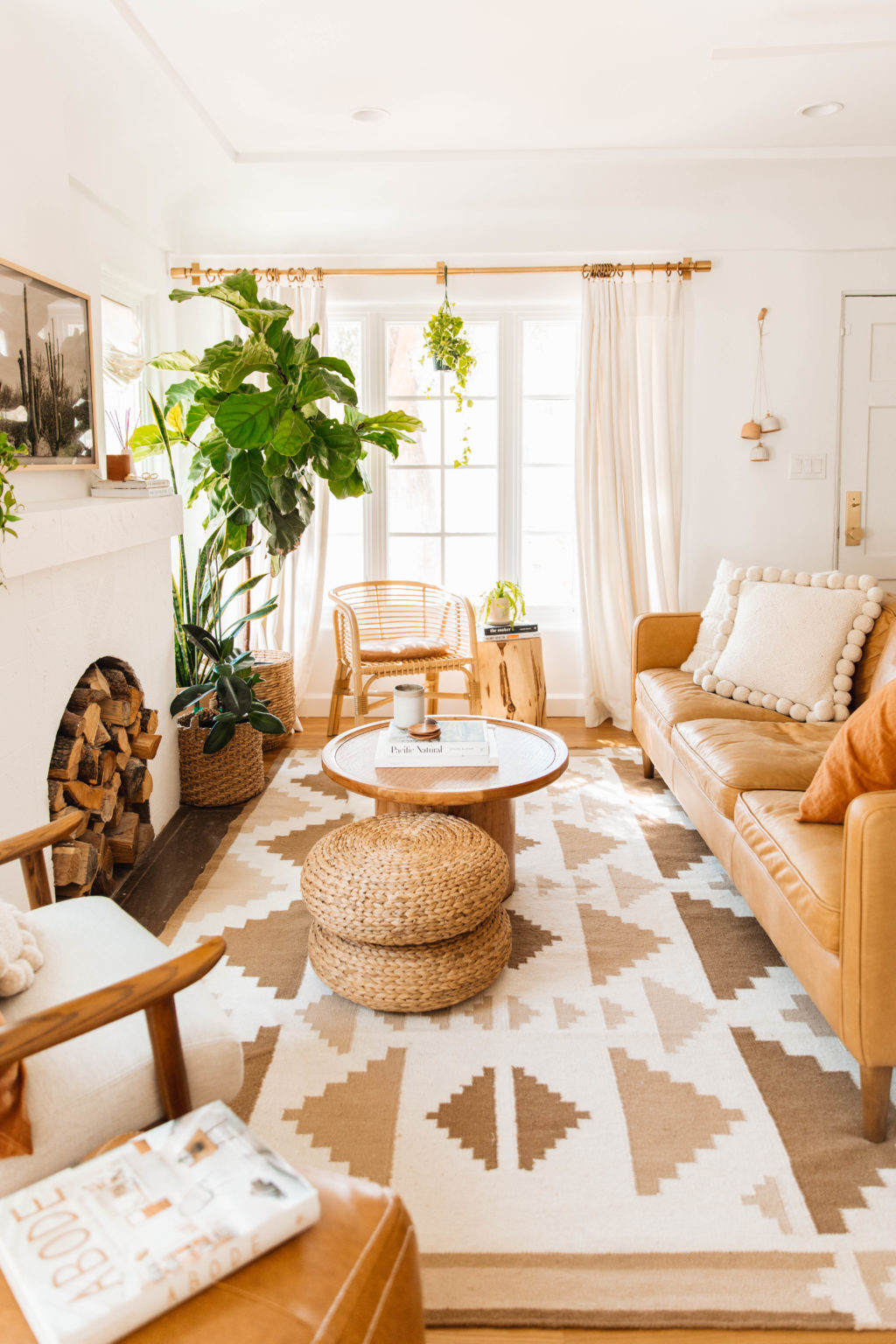




:max_bytes(150000):strip_icc()/neutral-palette-living-room-with-taupes-and-pinks-4ca4d2ec-7f70d16042224907ba331c1824cb8197.jpg)


